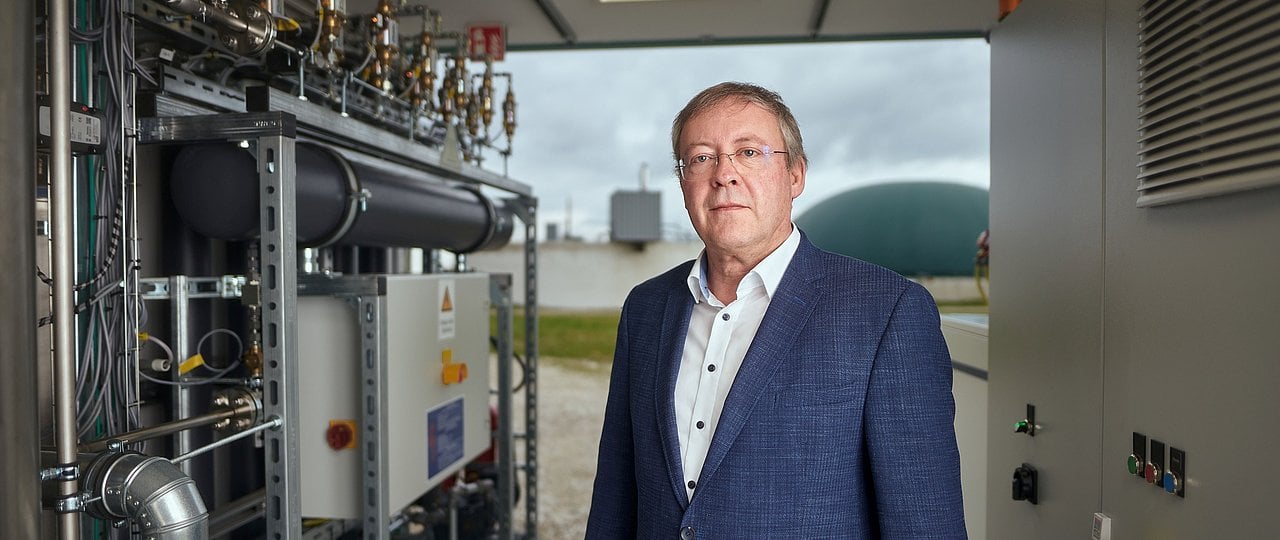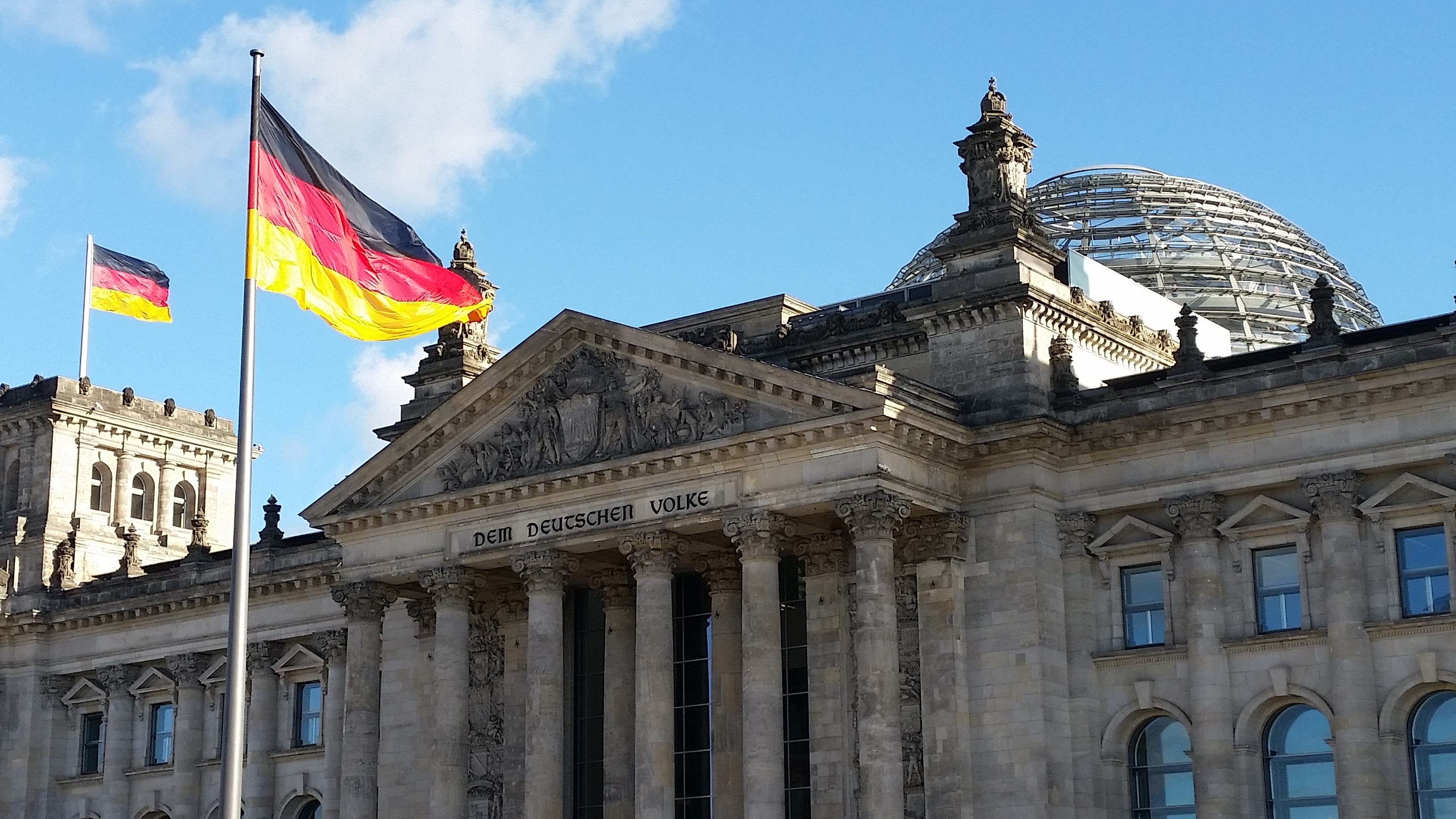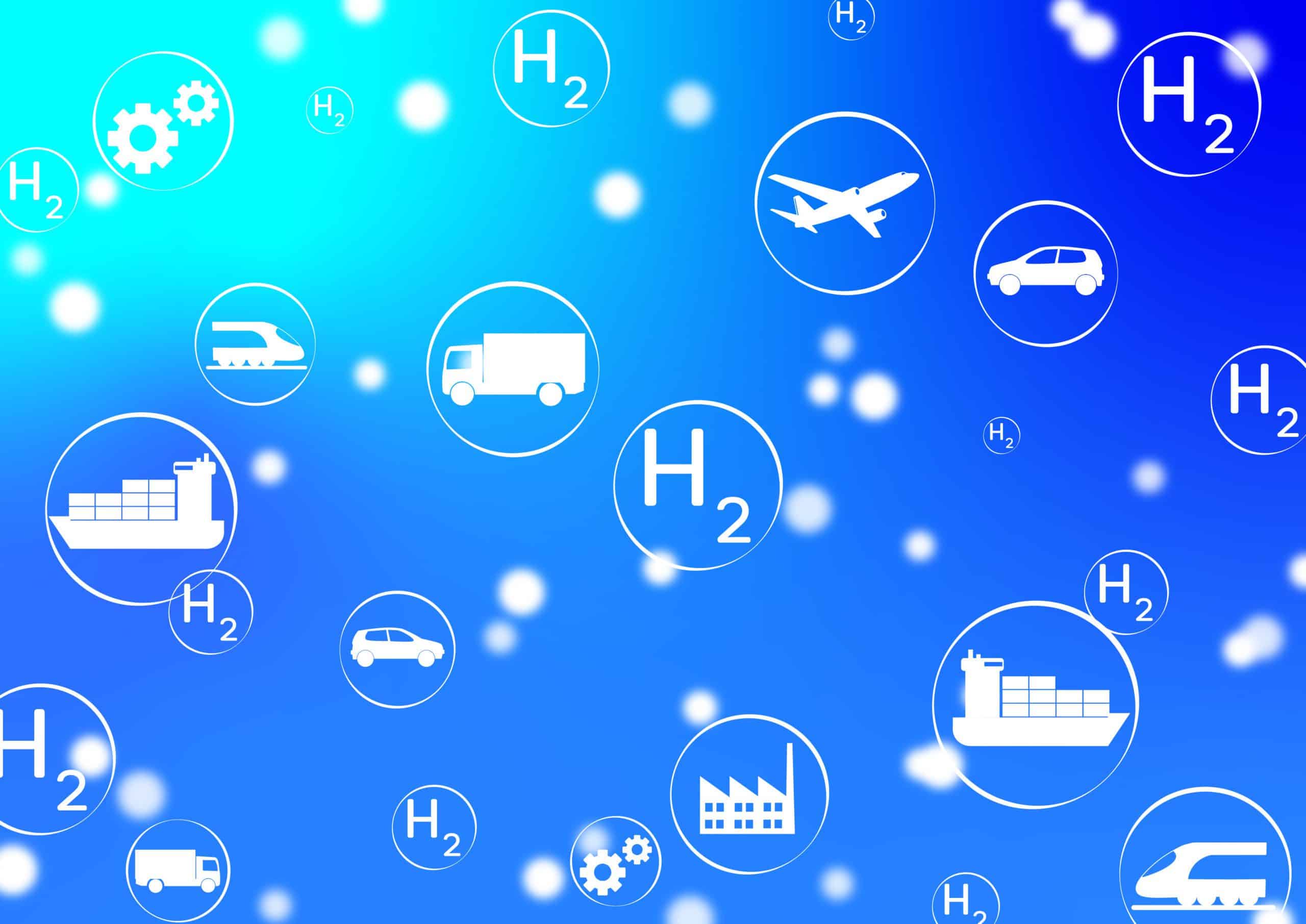
With the “Zukunftslabor grünen Wasserstof” (Future Laboratory for Green Hydrogen), the Technical University of Munich (TU Munich) will have a leading role in German research into hydrogen technologies. The future laboratory is the fourth of its kind to be supported by the German Ministry of Education. Previously, Berlin, Hanover and (once again) Munich were allocated similar future laboratories. All this three, however, were dedicated to advancing artificial intelligence (AI).
The purpose of the future laboratories is to develop technologies further in an international setting. For example, the hydrogen laboratory in Munich is benefiting from the support of researchers from the Netherlands, Brazil, Australia, Italy, Canada, the US, Switzerland, the UK, Poland, Lithuania, Portugal, Sweden and, of course, Germany itself.
The expansion of hydrogen production is seen in Germany as key to the success of the transition to green energy. The new Federal Government recently revised the target for electrolysis capacity from 5 gigawatts to 10 gigawatts by 2030. In comparison, worldwide, only 0.3 gigawatts of electrolysis capacity is available at present.
Duration of 3 years
According to Hartmut Spliethoff, who will be heading the Munich laboratory, it will focus on a combination of several innovative technologies, such as steam electrolysis (also known as high-temperature electrolysis) and biomass gasification. “By doing this, we want to make our contribution to bringing down global CO2emissions.”
The project will have a tentative duration of 3 years and is supported through a government subsidy amounting to €5 million. That’s roughly in line with what the other future laboratories are receiving, each with its own specialty.
At the Leibniz University of Hanover, a future laboratory is endeavoring to use “machine learning” to develop new medications and make better diagnoses. At TU Berlin, AI is used in the lab to research microorganisms. While satellite photos of the Earth are being analyzed at TU Munich, in cooperation with the German Aerospace Center (DLR).
European Hydrogen Alliance
Education Minister Anja Karliczek said last week at the opening of the future lab, that the building of a hydrogen economy should be given “wholehearted support” by Germany and Europe. She sees a future primarily for its use in industry rather than in transportation.
That ties in with what was decided in Brussels last week during the EU Hydrogen Week. There, it became clear that the European hydrogen strategy will no longer be focusing on cars and trucks, but mainly on making heavy industry CO2-neutral where full electrification is not an option and gaseous fuels are needed to reach extremely high temperatures.
The European project was also promptly given a different name. It was rechristened from the Fuel Cell and Hydrogen Joint Undertaking (FCH JU) to the Clean Hydrogen Alliance.
In science, the idea that hydrogen is not suitable for making cars and trucks environmentally friendly has been prevalent for some time. Hydrogen is generally viewed as an alternative fuel for aircraft and ships.
Costs
According to EU President Ursula von der Leyen, one of the main aims of the European Clean Hydrogen Alliance is to bring down the overall costs. This not only applies to production but to transport as well. Last week, Von der Leyen said she was aiming for a price of €1.8 per kilogram of hydrogen by 2030.
This is still far removed from the current price. In 2020, it was estimated that it would cost €6 to make a kilogram of green hydrogen. Grey hydrogen was a lot cheaper – around €2 per kg – but that is mainly made using electricity from conventional power plants running on fossil fuels. Consequently, an undesirable option.
The EU has made €1 billion available for research into hydrogen from the “Horizon Europe” R&D budget. Over 750 projects have been selected so far which involve a wide range of organizations, including major companies such as Shell, Iberdrola, BP and Airbus.
At present, hydrogen is only sparsely used in industry, primarily for the production of ammonia and fertilizer. In 2020, it was about 90 million metric tons (0.3 gigawatts), of which only 1 percent was green.
Also interesting:
Ook interessant: Plenty of reasons to go for hydrogen; or are there?








